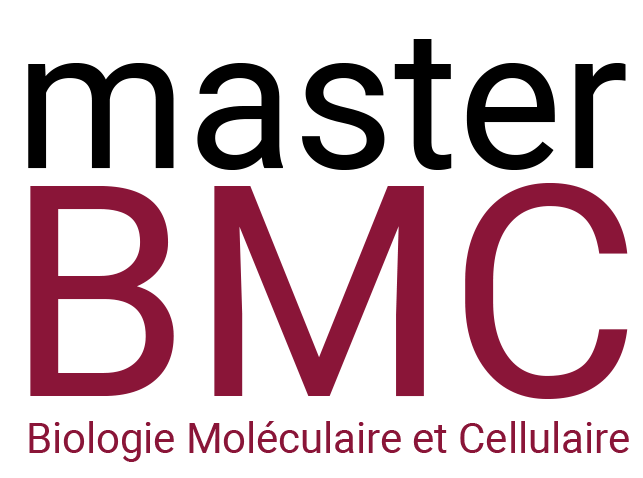Equipe d’Accueil : Developpement des cellules lymphoïdes innées et inflammation
Intitulé de l’Unité : INSERM U1223
Nom du Responsable de l’Unité : Pr. Jim Di Santo
Nom du Responsable de l’Équipe : Pr. Rachel Golub
Adresse : Institut Pasteur 25 rue du Docteur Roux 75015 Paris
Responsable de l’encadrement : Rachel Golub
Tél : 01 45 68 87 66 Fax : ……………………… E-mail: rgolub@pasteur.fr
Résumé du projet (environ une demi-page)
Type 2 innate lymphoid cells (ILC2) are tissue-resident cells participating to the maintenance of the tissue homeostasis. They are composed of ILC1, ILC2 and ILC3 and mirror the phenotypes and functions of Thelper cells.
Our project is focused on understanding how bone marrow ILC2 control the hematopoiesis in the steady state. Hematopoiesis is a process regulated by the bone marrow environment to promote the generation of immune cells through hematopoietic stem cells (HSC) differentiation. HSCs are selfrenewing multipotent cells capable of generating a diverse repertoire of blood and immune cells, a process called hematopoiesis. Remarkably, hematopoietic cells represent ~85% of the daily cell production, with an estimated turnover of 2.8×1011 hematopoietic cells per day. HSC are a heterogeneous population with HSC subtypes represented at varying frequencies throughout ontogeny and aging. Compared to adult HSCs, fetal and neonatal BM HSCs exhibit markedly different properties such as differences in lineage output, in proliferative state, in self-renewal capabilities and responsiveness to signaling pathways.
Using an ILC2-deficient mouse model, we observed a significant reduction in granulocytes and HSCs in the bone marrow in both young and adult mice. Unlike adults, neonates lacking ILC2 showed increased rates of HSC division. We suggest that ILC2 can directly or indirectly act on HSCs via the molecules they secrete such as cytokines and growth factors. We aim to first understand the potential influence of ILC2s on modifying intrinsic HSC signals that control quiescence versus self-renewal.
We propose to recover bone marrow supernatant and to provide dosages of various proteins related to immune response and immune growth factors. In parallel, supernatants derived from BM ILC2 will be isolated and then compared to BM total supernatant. To address whether ILC2 supernatant could act on HSC, we will culture HSC in specific dedicated media supplemented or not by ILC2 supernatant. In parallel, we will image ILC2/HSC interactions and measure the effects on both populations. We will use 3D cultures within droplet microfluidics approach to image via microscopy the kinetic of ILC2 interactions, evaluate their behavior (activation, secretion) and also promote to analyze the effects on HSC proliferative rate after short term cultures.
Dernières Publications en lien avec le projet :
1. Cacialli P, Mailhe MP, Wagner I, Merkler D, Golub R & Bertrand JY. Synergistic prostaglandin E synthesis by myeloid and endothelial cells promotes fetal hematopoietic stem cell expansion in vertebrates. EMBO J. 2022 Aug 4:e108536.
2. Cumano A, Berthault C, Ramond C, Petit M, Golub R, Bandeira A and Pereira P (2019) New Molecular Insights into Immune Cell Development. Annual Review of Immunology 37:497- 519.
3. Editorial : Innate lymphoid cells: characterization and classification. Luci C, Golub R, Jancic CC. Front Immunol. 2023 Nov 24; 14:1338463. doi: 10.3389/fimmu.2023.1338463. eCollection 2023. PMID: 38077316
4. Xu W, Cherrier D, Chea S, Vosshenrich C, Serafini N, Petit M, Liu P, Golub R, Di Santo J (2019) A novel Id2RFP reporter mouse strain redefines ILC precursor potentials. Immunity 50:1054.
5. Bourayou E, Perchet T, Meunier S, Bouvier H, Mailhe M-P, Melanitou E, Cumano A and Golub R. Bone marrow monocytes sustain NK cell-poiesis during non-alcoholic steatohepatitis, Cell Reports 43, 113676.doi.org/10.1016/j.celrep.2024.113676 PMID: 38217855.
Ce projet s’inscrit dans la perspective d’une thèse
si oui type de financement prévu : Concours ED
Ecole Doctorale de rattachement : ED BiosSPC

